An Industry in Transition: Reviving British Jewellery Through Vision and Innovation
The Shrinking Trade: The Industry’s Biggest Challenge
Without question, the biggest challenge facing the industry today is how competitively priced jewellery has become, particularly jewellery manufactured in Asia -notably China and Thailand. Since I entered the trade 40 years ago, the UK’s manufacturing jewellery sector has shrunk dramatically.
30 or 40 years ago, there were probably 20 to 30 sales representatives on the road regularly visiting county jewellers (independent jewellery retailers) across the UK’s counties – and my own business was one of them. Back then, they were representing companies that manufactured in London’s Hatton Garden and Birmingham’s Jewellery Quarter. Today, hardly any of these representatives remain. As a result, much of the jewellery sold by independent jewellers is now produced abroad, and the domestic sector has shrunk dramatically. At its peak around 1913 – 1914, Birmingham’s Jewellery Quarter employed over 20,000 jewellers and silversmiths. Today, that number has declined to approximately 600 to 800 jewellery and allied businesses, collectively employing around 4,000 craftsmen and craftswomen.
“However - and this is a positive – I believe the finest jewellery in the world is still manufactured here in the UK, as well as in Paris. So for those who want the very best, and there are still plenty of people who do, the best is made right here in this country. That said, it remains a challenge for our industry: it’s smaller now, and recognising and pursuing a career in it isn’t as easy as 40 or 50 years ago.”
Meeting Challenges Head On: Supporting the Future
What we’re doing with the Jewellery Foundation Programme and the Goldsmiths Company Apprenticeship Scheme is absolutely central not only to what the Goldsmiths’ Centre does, but also to what the Goldsmiths’ Company does. I expect even members on the Goldsmiths’ Company’s Court who are from business backgrounds, such as lawyers and bankers, would agree.
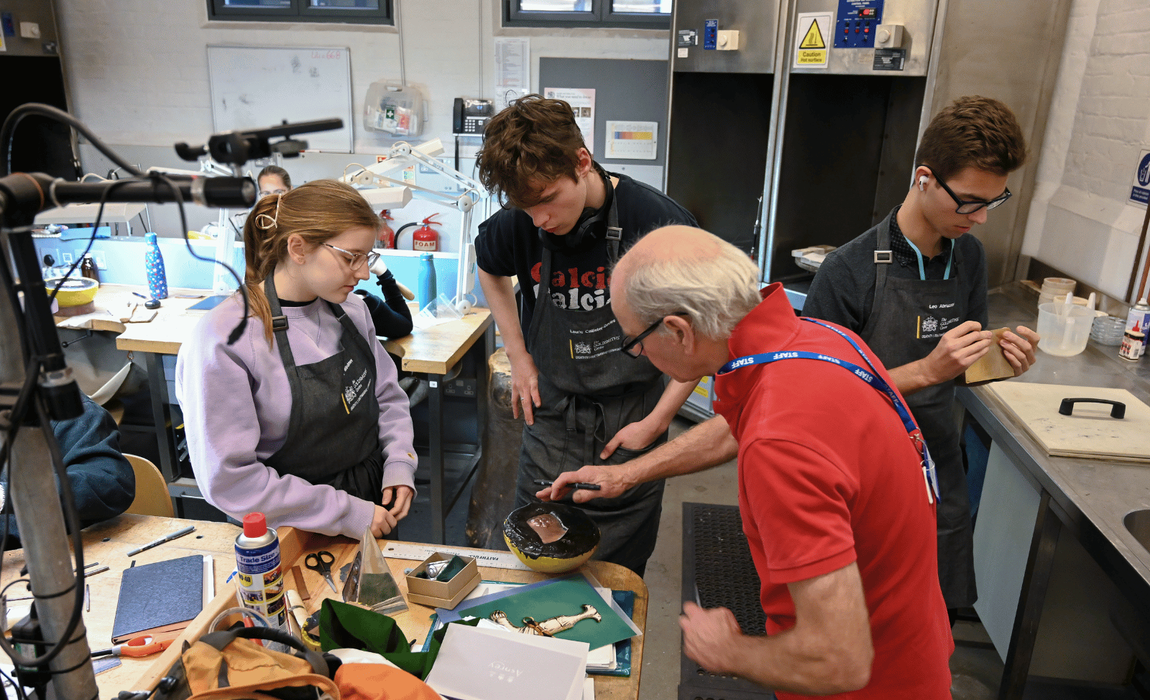
Of course, the Goldsmiths’ Company supports many different charities and is involved in many different activities, but the Goldsmiths’ family’s primary function, and our raison d'être, is to create the fantastic goldsmiths of the future. I see these goldsmiths as falling into two categories: the many skilled master craftspeople working in outstanding workshops in London and Birmingham, and those who set up their own businesses, strengthening the trade by employing people and driving economic growth.
So whilst the primary focus of the Goldsmiths’ Centre is on those two goals, it is also a beautiful, uplifting place to visit. It's a nerve centre for the jewellery trade and particularly for helping the more embryonic names in the industry to grow. For example, businesses like Ben Hawkins Fine Jewellery and Sam James Engraving have grown into substantial enterprises, no doubt helped by the subsidised workshop space and by being based in a hub of excellence like the Goldsmiths’ Centre.
The Jewellery Foundation Programme: Training for Success
There's no training quite like the Goldsmiths’ Centre’s Jewellery Foundation Programme. It is taught by industry experts and it covers multiple disciplines.
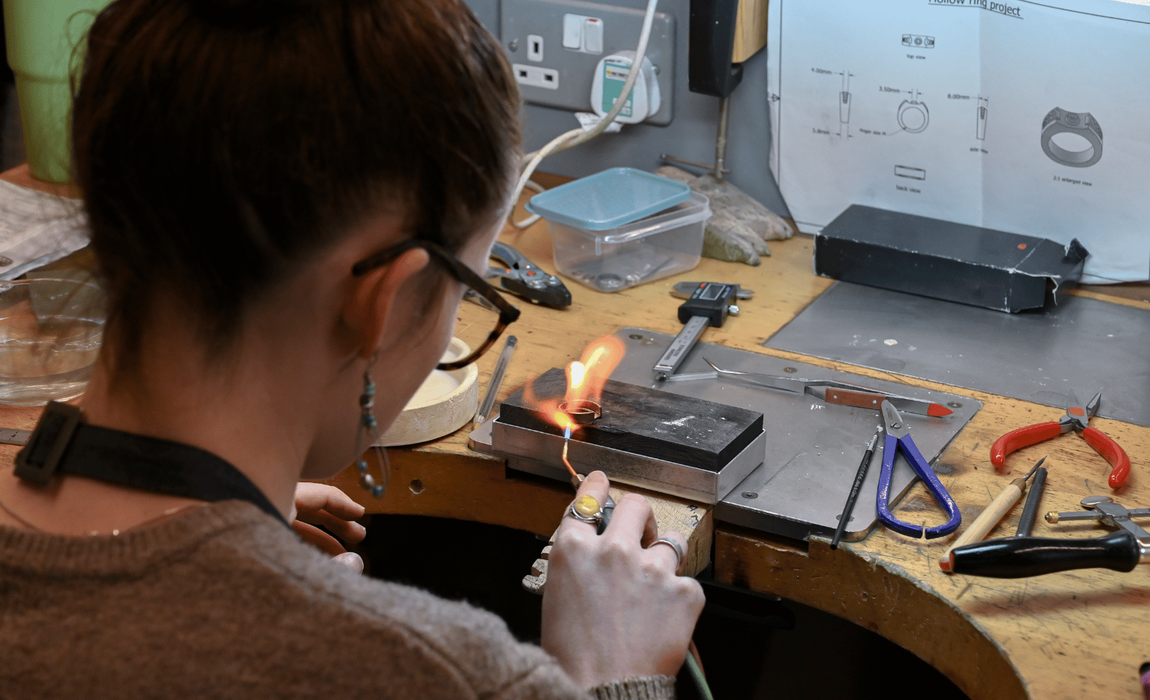
You start the training programme thinking, “I want to be a diamond mounter”, but then as you learn about the art of setting, polishing, engraving, enamelling, and even silversmithing, you might realise you’re really talented in one of those areas instead. Sometimes, you don’t know what you don’t know.
The Goldsmiths’ Centre is an inspirational place to be, and the Jewellery Foundation Programme is absolutely fantastic. This programme provides insight into every facet of our industry. Even with my background in the jewellery business, I have a great love for silversmithing. Although it’s a much smaller trade in this country, it’s vital to keep silversmithing alive – albeit for different reasons to jewellery – and I’m not alone in feeling that way.
Next year, in 2025/26 the Jewellery Foundation Programme will be endorsed by Steven Webster, the blogger behind One Thousand Facets and The Goldsmiths’ Craft & Design Council (GC&DC), which will help lend it credibility. Stephen is a highly inspirational jeweller - one of life’s great characters - and he shows that success in this business isn’t just about being a great craftsperson; you also need plenty of other tools in your toolbox. He’s a great people person and something of a maverick, and I’m sure he wouldn’t mind me saying that. GC&DC really do a fantastic job in recognising excellence – winning one of their awards is truly the pinnacle of craftsmanship. For young people entering the industry, blogging and social media is crucial, so being backed by a platform like A Thousand Facets is invaluable.
By partnering with educational institutions and industry bodies, we’re also actively working to broaden access to the jewellery industry for young people, opening doors that have traditionally been hard to reach. The Aston University Project, which is a partnership with the Goldsmiths’ Company and funded by the Goldsmiths’ Foundation to offer the UK's first T-Level in jewellery in Birmingham, is a fantastic initiative. Birmingham has always been the historic centre of the jewellery trade in this country, and we’re sharing that with young people aged 13 to 15, in the hope that they might pursue a career in the industry. They might even do our Jewellery Foundation Programme or become a Goldsmiths’ Company Apprentice along the way - who knows.
Craft, Code and Connection: The Importance of Technology, People and Business Skills
It’s obvious we must teach our jewellers and silversmiths the fundamentals of making by hand, but it’s equally important that they’re trained in the power of new technologies, like Computer Aided Design, as well. Now I’m not an expert in CAD, but I used to go into one of our workshops that make all Boodles' jewellery 10 years ago and see 14 craftspeople at the bench, making everything from scratch, and no one on CAD. Now I go there and I’ll see 8 people at the bench, collaborating with outworkers, and eight people on CAD.
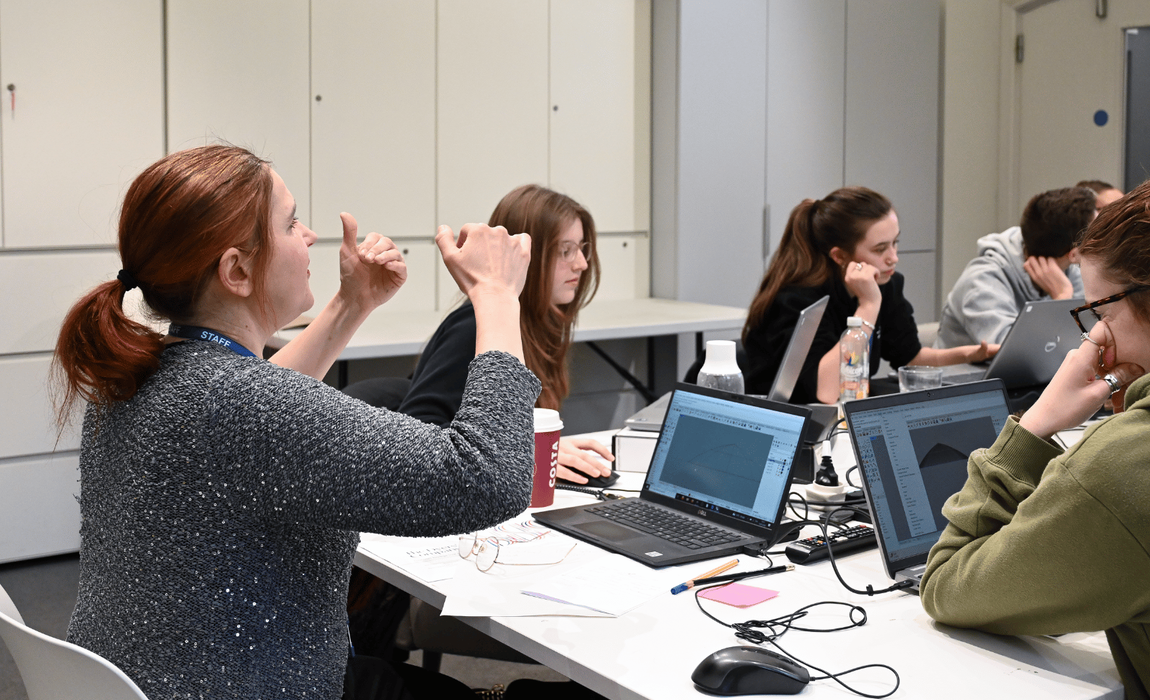
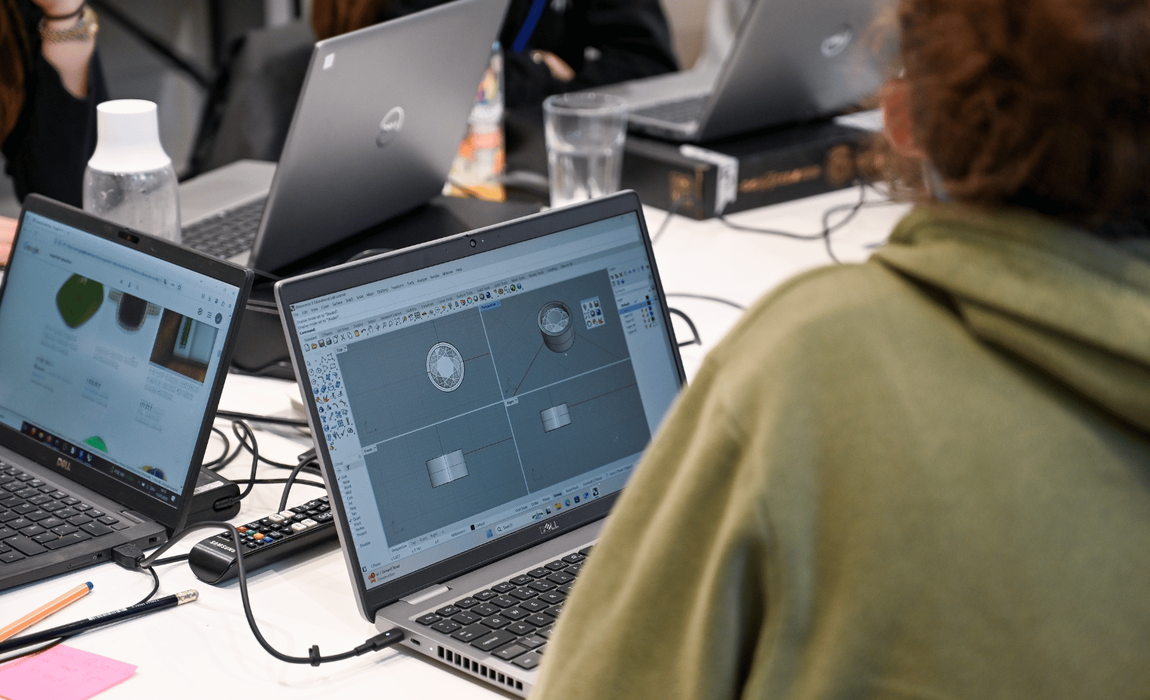
“CAD has become extremely important and we need to ensure that jewellers and silversmiths entering the trade, such as through the Jewellery Foundation Programme and Goldsmiths’ Company Apprenticeship Scheme, embrace these new technologies to stay relevant and competitive. The industry keeps changing so quickly.”
Success in this changing landscape isn’t just about craftsmanship alone. Providing additional training in terms of business growth is also crucial. I’m an accountant originally, but people who know me will know I’m fanatical about this side of the trade: not just about proper financial regulation but also stock control. Marketing and public relations are equally important. As you get older, you realise the power of networking. Get out there and meet people - there’s more to building a successful jewellery business than just making fine jewellery.
Take for example Steven Webster, and my great friend Leo DeVroomen, who passed away recently. Leo could make everything he sold, but about 30 years ago, he shifted his focus on growing his business. He was an incredible people person and the best salesman in the world, combining his talent with natural charm in spades. While not everyone has Leo’s charisma, success can still be achieved through the right training, continual practice, and realising what it takes to grow a business, because making nice jewellery is not enough.
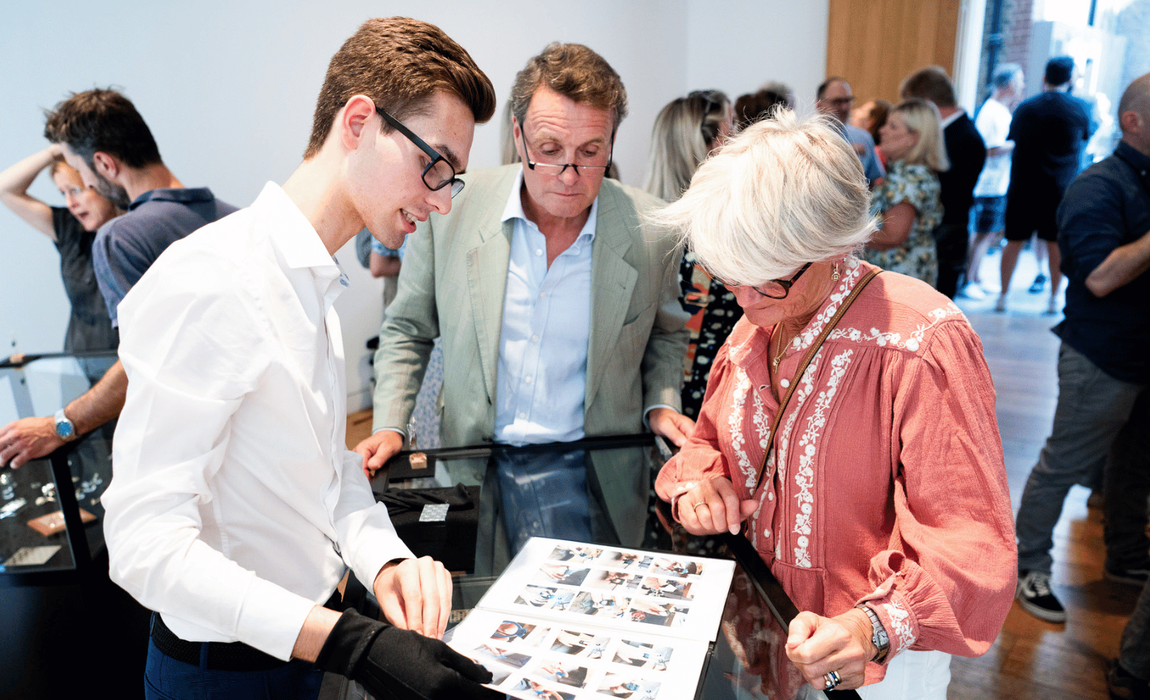
Being and learning at the Goldsmiths’ Centre certainly helps with this, though you also need to build your network outside the trade and not just within. Becoming a Freeman of the Goldsmiths’ Company and regularly attending events is a good start, but you should also use your personal networks. If you’ve got friends who work in the finance sector or fashion industry, try to meet people through them. Once you have a business established, use your customer base for introductions to new people. You never know what’s going to help.